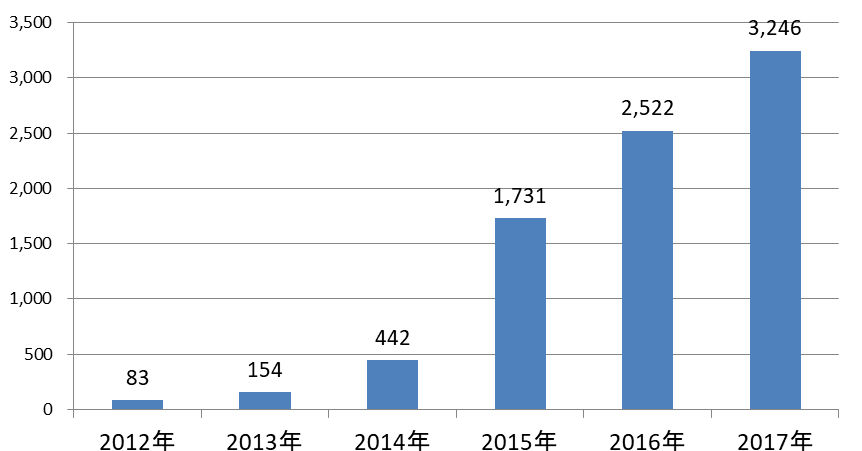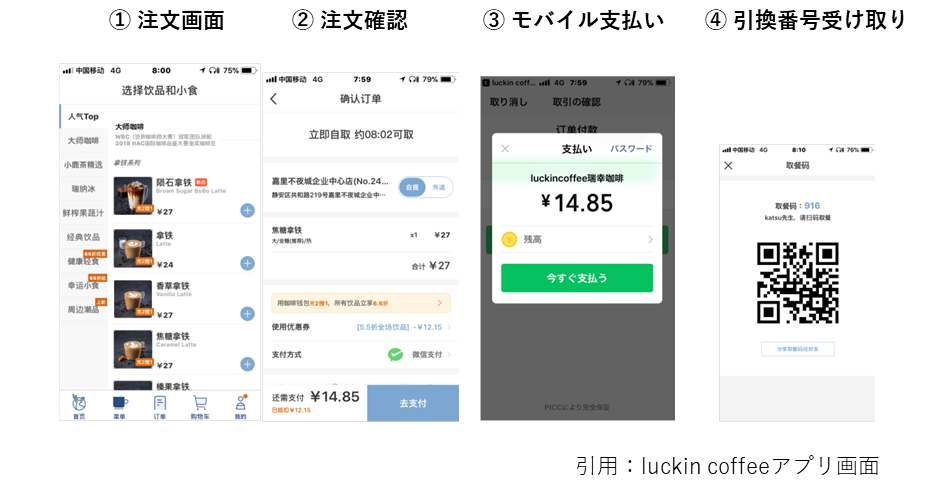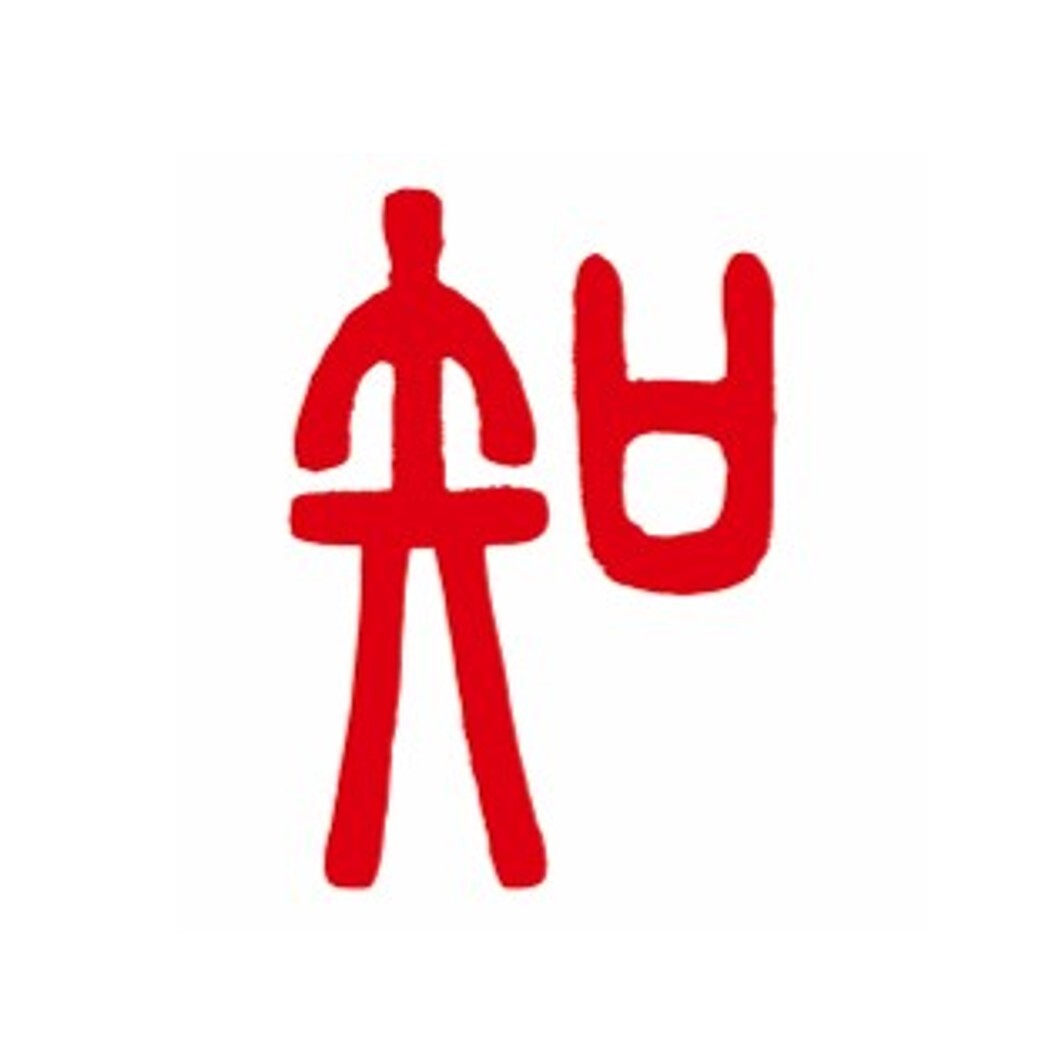<Report from overseas office> [China] Accelerating Digital Society in China, the World's Number One Mobile Payment Country
- Release date: Nov 18, 2019
- 7483 Views
The world's largest mobile payment country

In China, the use of mobile payment is rapidly expanding at a rate that exceeds that of developed countries such as Japan, and it has deeply penetrated every aspect of the social economy, becoming an indispensable infrastructure for daily life. In China, both Alipay, provided by Alibaba, the largest e-commerce company, and WeChatPay, provided by Tencent, are leading the way in mobile payments and are also useful as a means of sending money between individuals.
As long as the fee-free limit is not exceeded, there is no fee for person-to-person remittance and money can be sent at any time. In China, mobile money transfer can be used to split the cost of a meal, or to give a New Year's gift or congratulatory gift.
Reason 3: Introducing mobile payment (QR code) is easy for businesses.
IC payment systems such as Suica, which are used by many people in Japan, are said to have high barriers to entry for individual stores due to the introduction of terminals and screening.On the other hand, businesses need only a smartphone and a piece of paper with a QR code printed on it to introduce QR code payment, which makes it easy for businesses to introduce it. With the emergence of mobile payment services, going out without cash has become an everyday thing for Chinese and expatriates alike. I no longer carry a wallet with me when I go out.
Lastly, I would like to introduce how I usually use mobile payment services.
- Buy Coffee -
If you've ever bought coffee at Starbucks in Japan, you'll know that there are always four to five staff members at the store, including the staff who check the bill and the staff who make the coffee, and it may take 10 to 15 minutes to buy coffee when the store is crowded.At luckin coffee, the store I use is always staffed by two people, and there are no customers waiting for their coffee to be ready. There are no customers waiting for their coffee to be ready. The shop is run by two staff members, one who prepares the ordered items and the other who checks the order form and puts the finished items on the shelf. I am impressed with this very convenient and efficient system.

You will receive a notification on the app when the product is ready, and you will receive the product by holding the QR code displayed on the app over the reader installed in the store by yourself. The process from order to payment is as follows. In Shanghai, where I am stationed, public transportation such as trains and buses, as well as cabs, are very cheap. In Shanghai, where I am stationed, public transportation such as trains and buses, as well as taxis are available at very low prices. However, cabs are often hard to catch on the street, so I usually use apps to arrange a cab. Translated with AI Translator
-

Author profile
Katsuhiko Saitou
4 years in Shanghai, 40s, male researcher. He has worked on more than 1,000 projects in Japan and overseas (mainly in Asia). He has worked on more than 20 projects related to product launches in various fields. Conducted several workshops on physician and patient insight research, market forecast research, and positioning creation, both in Japan and overseas.
-

Editor profile
INTAGE
***
 Global Market Surfer
Global Market Surfer CLP
CLP